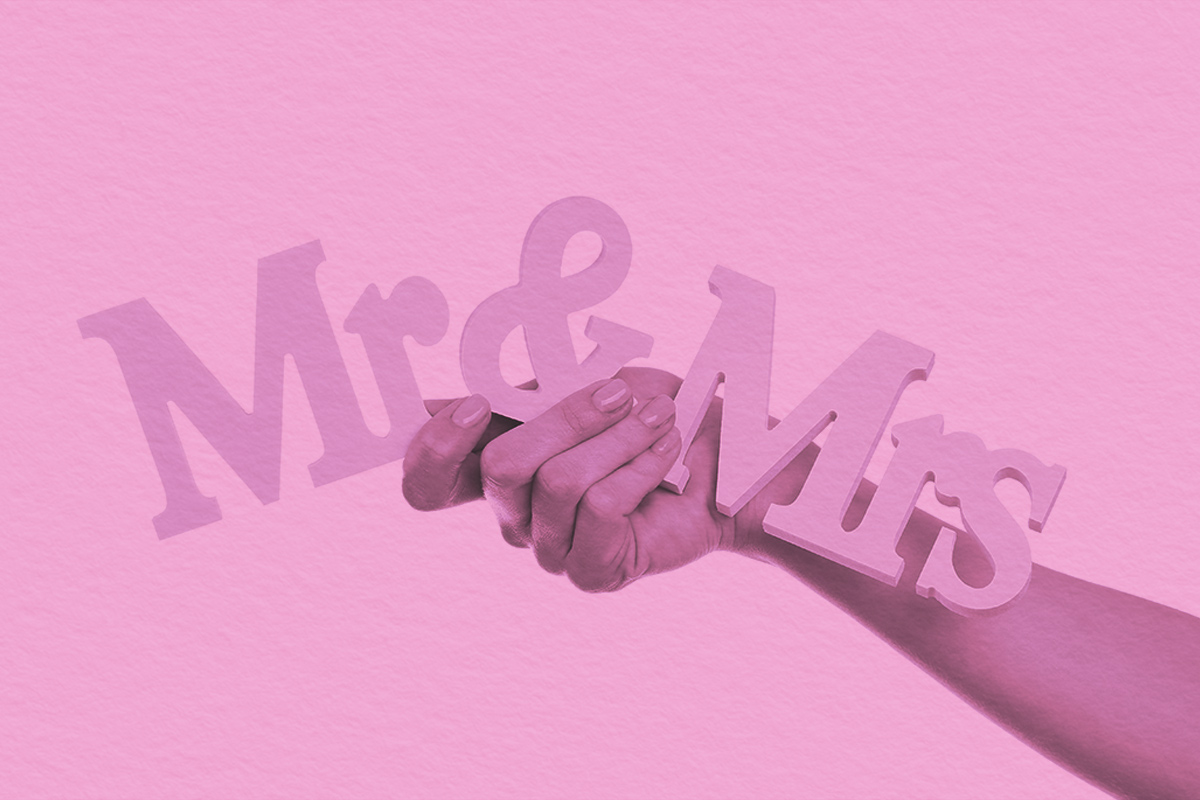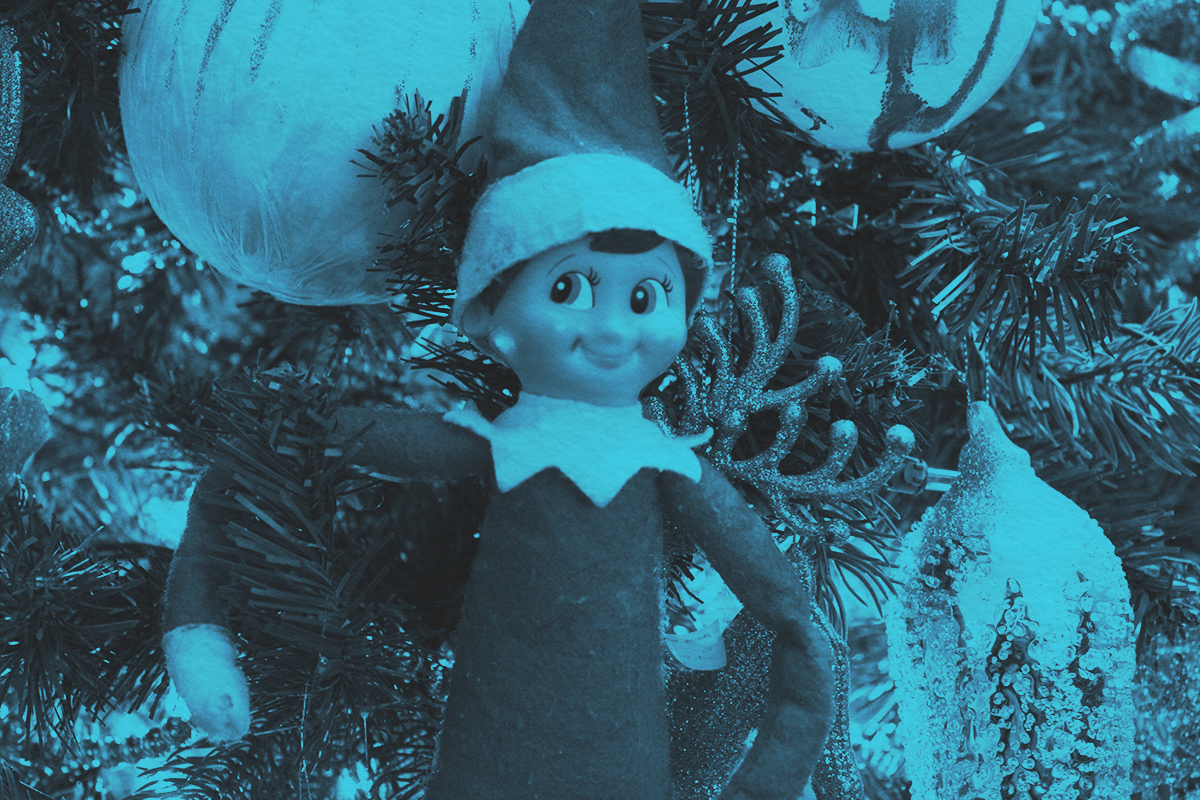
Many medieval English titles have withstood the test of time — the monikers of “queen,” “duke,” and “earl,” for example, evoke the same significance now as when they were coined. However, one particular title has undergone a surprising transformation: bachelor. Once a term for a young knight, “bachelor” now designates an unmarried man, a shift that took centuries to complete.
Like many English words, “bachelor” was derived from Old French, appearing in various Middle English spellings including “bacheler,” “bachelier,” and the familiar “bachelor.” During the Middle Ages, the title was styled as “knight bachelor,” denoting the most common or basic type of knight, typically a young man without a title or land. Eventually, knights ascended through the hierarchy and gained new titles. The subsequent ranking, the knight banneret, served as a commander of a company of knights.
The etymology of “bachelor” earlier than Old French is debated. One leading theory points to the Medieval Latin baccalarius, meaning “vassal farmer, adult serf without a landholding.” This term is rooted in baccalaria, referring to fields or land under a lord’s control. Another theory proposes a simpler origin from the Latin baculum, meaning “a stick,” because a squire would practice with a staff instead of a sword, symbolizing a beginner status.
By the end of the Middle Ages, knights became obsolete on battlefields with the rise of gunpowder, and the term “bachelor” expanded in usage, melding the two Latin roots with a sense of a novice young man with no land or title. It slowly became a word for any unmarried man, regardless of knighthood status. It conveyed a sense of youth and inexperience, and as such, by the end of the 14th century, “bachelor” also represented someone who had obtained the lowest degree at a university — a bachelor’s degree.
As the centuries progressed, the medieval connection between “bachelor” and knighthood has been nearly forgotten. The word is firmly entrenched in modern English wedding vernacular, where “bachelor party” has described prewedding festivities since the end of the 19th century. This is also when “bachelorette” emerged in English, formed by adding the French suffix “-ette” to “bachelor.” At first glance, the “bachelor” of the raucous “bachelor party” or a modern “bachelor pad” seems to stray far from its original usage, but its etymology reveals a strong connection between the definitions by exemplifying how societal roles change (and how they stay the same) over time.





















